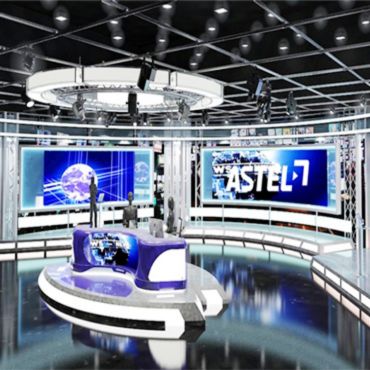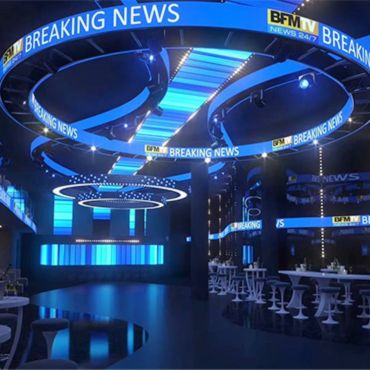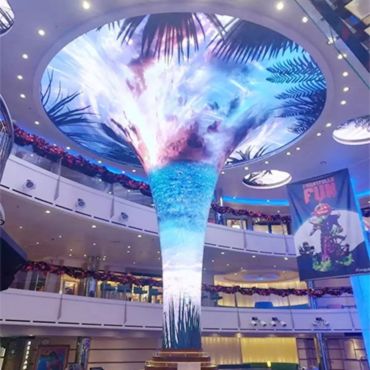What is LED Screen Price?
The price of LED displays typically ranges from $450 to $1200 per square meter. Factors such as the quality and brand of various raw materials (LED chips, ICs, cabinets, etc.), manufacturing process requirements (SMD/COB, etc.), technical parameters (pixel pitch, brightness, etc.), and application scenarios all influence the price of LED displays.
LED Display Price Table
| Type | Pixel Pitch | Price Range (USD/m²) | Application |
|---|---|---|---|
| Indoor | P2.5–P4 | 700–1200 | Stage, Conference |
| Outdoor | P5–P10 | 350–800 | Billboard, Stadium |
| Rental | P2.6–P4.8 | 650–950 | Event, Concert |
What Will Affect the Price of an LED Display?
1. Pixel density:
The smaller the pixel pitch, the greater the difficulty and the higher the cost.
Current mainstream pixel pitches:
Indoor small-pitch LED screens: P0.9, P1.5, P1.8, P2, P2.5
Outdoor advertising LED screens: P4, P5, P6, 67, P8, P10
Stage rental screens: P2.6, P2.9, P3.9, P4.8
A smaller pixel pitch means more LED chips need to be installed per unit area, resulting in higher resolution. For example, for the same 1 square meter screen, P2.5 requires approximately 160,000 LED chips, while P10 only requires about 10,000. This not only increases the number of LED chips but also places higher demands on the circuit board, driver chip, and heat dissipation design.
However, even with a larger pixel pitch, the price isn’t necessarily cheaper because larger pixel pitches are mostly used in outdoor environments, which present challenges such as harsh weather conditions, brightness, and waterproofing.
2. Raw Material Quality and Brand
The quality of raw materials used in LED displays, such as LED beads, LED chips, PCB boards, power supplies, and cabinets, directly affects their price and lifespan.
High-end components from reliable brands like Nationstar, Kinglight, or Mean Well ensure stable brightness, accurate color, and long-term stability.
While cheaper materials may reduce initial costs, in the long run, they often lead to higher maintenance costs and faster performance degradation.
3. Use Cases
The price of the same type of LED screen with the same pixel pitch can vary significantly depending on the application. For example, the Metastar series P3.91 stage rental screen, with all specifications identical, costs approximately $730-760 for indoor use, but $840-880 for outdoor use.
This is because indoor and outdoor LED displays face different challenges. Therefore, suppliers will always ask during procurement: Is it for indoor or outdoor use?
The same principle applies to stage rental screens, which need to withstand repeated installation and removal. Durability and flexibility also contribute to the higher manufacturing costs of rental screens.
This continuous innovation is the main reason for the high price of top-tier LED displays, as the cost reflects the cutting-edge technology incorporated into the panel.
4. Brand and quality:
Well-known brands and high-quality LED displays are generally more expensive because they undergo rigorous quality control and aging tests (over 48 hours).
They also offer a 2-5 year warranty, while lower-priced screens only offer a one-year warranty or even no warranty at all.
How to Calculate LED Wall Cost?
For example, you need 10 square meters of Metastar 500*500 mm indoor P3.91 LED displays.
One square meter costs approximately $730, so 10 square meters would cost $730 * 10 = $7300.
However, this is only the price of the screen itself; it doesn’t mean you can get 10 square meters of LED displays for $7300. The screen price usually includes spare parts, such as LED modules, receiver cards, power supplies, etc. The LED control system and the flight case for packaging the stage screen are also charged separately because they are not cheap.
Although some suppliers may claim that spare parts and flight cases are free, you should be wary if they are using low-quality LED displays, as they have included the price of the LED screen itself in the price.
Therefore, the price of a complete 10-square-meter stage screen solution is approximately $8.5K.
Get the Latest Price of LED Display Solutions
What Are the Types of LED Display Screen?
LED displays are divided into indoor fixed screens, outdoor advertising screens, rental stage screens, customized screens and creative screens.
But whether indoors or outdoors, whether rented or customized, whether featured or ordinary, LED screen display has always been the best choice for displaying content.
Indoor fixed LED screens provide high-definition and bright-color display effects for shopping malls, exhibition halls, conference rooms, etc.; outdoor advertising LED screens can achieve long-term high-definition displays in outdoor squares, stadiums and other places with their high brightness and protective performance;
Rental LED screens are suitable for temporary activities such as exhibitions and concerts, and are easy to install, disassemble and carry; customized LED screens are personalized according to customer needs to meet the display requirements of different places; and characteristic LED displays are characterized by scale, curved surface, transparency and flexibility, creating stunning visual effects.
No matter what type of LED screen display you need, we can help you achieve the perfect presentation of your content.
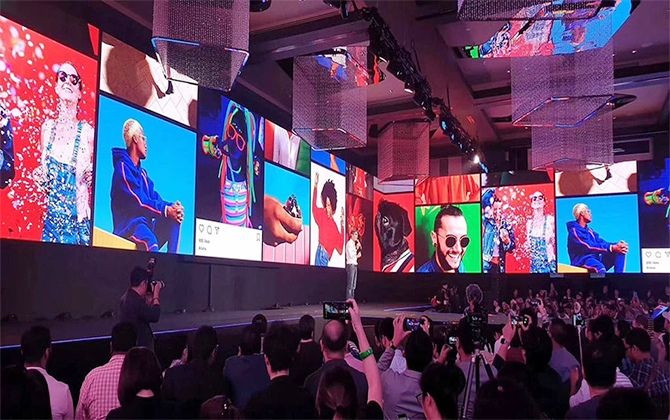

Outdoor LED Display
Outdoor LED billboard is a high-brightness, durable outdoor advertising display device suitable for various outdoor environments.
It is characterized by strong reliability, good wind and rain resistance, and adaptability to different light and weather conditions.
Outdoor LED billboards have obvious advertising effects and strong visual impact. They are often used for advertising in squares, highways, building exteriors and other places.
It has functions such as remote control and intelligent brightness adjustment to meet different outdoor advertising needs.
Indoor LED Screen
The indoor fixed LED screen is a high-definition display device suitable for indoor places such as shopping malls, conference halls, and sports venues.
It is characterized by clear picture quality and bright colors, and can be used to play advertisements, promotional videos, etc.
Its advantages are that it is easy to install, supports remote control, and provides merchants with more flexible advertising display and promotion solutions.
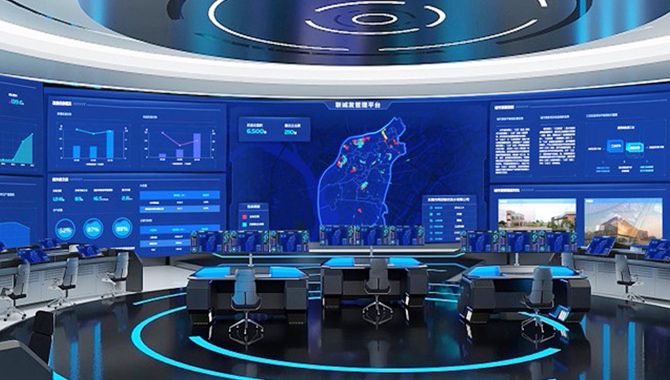
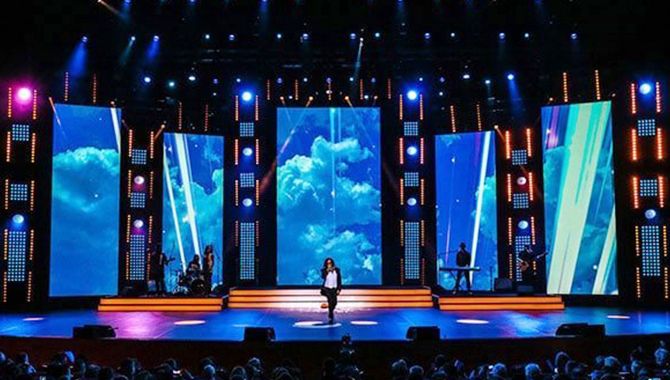
Rental LED Display
Rental stage led screen pursues high-definition, high-brightness and high-contrast display effects to capture the audience’s attention and enhance the immersion of the performance.
The design takes into account the flexibility and adjustability of the stage layout so that it can adapt to various performance scenes and stage needs.
The overall price range is from $450 to $1200 per square meter. Indoor fixed LED displays range from $500 to $1200, outdoor fixed displays from $400 to $700, and stage rental displays from $600 to $900. However, the specific price will vary depending on the pixel pitch, technical parameters, and packaging process.
Indoor small-pitch LED screens have smaller pixel pitches, more LEDs on the same size panel, and higher resolution, thus commanding a higher price. Furthermore, to protect these screens from impacts, COB, HOB, or mini-LED technologies are typically used, further increasing their cost.
The price difference between indoor and outdoor screens for the same type of display is mainly due to technical parameters such as brightness, waterproofing, and refresh rate. Outdoor screens require high brightness, high refresh rate, and high waterproofing for normal use in harsh environments, thus incurring higher technical costs.
How to Get LED Display Screen Price?
When it comes to purchasing an LED display, it is essential to consider factors such as size, resolution, functionality, and brand.
To determine the price of an LED display, follow these steps:
1. Determine the desired specifications:
Start by identifying the specific requirements for the LED display.
Consider factors such as display size, resolution, brightness levels, pixel pitch, and whether it needs to be indoor or outdoor.
2. Research different manufacturers and suppliers:
Look for reputable manufacturers or suppliers that offer LED displays.
Check their websites, product catalogs, and customer reviews to get an idea of the quality and pricing of their products.
3. Contact multiple suppliers and request quotes:
Reach out to several suppliers and provide them with the specifications you identified in step one.
Ask for detailed quotations that include the LED display’s price, delivery charges, warranty information, and any additional costs such as installation or maintenance fees.
4. Compare prices and features:
Once you receive quotes from different suppliers, compare them based on pricing, features, and any additional services they offer.
Look for the best value for money rather than solely considering the lowest price. Consider factors such as display quality, durability, warranty, and after-sales support.
5. Consider customization options:
LED displays can often be customized to meet specific requirements.
If you have any unique needs or branding considerations, discuss them with the suppliers and factor in any additional costs that may come with customization.
6. Negotiate and ask for discounts:
It is common practice to negotiate pricing with suppliers.
Reach out to them, express your interest in purchasing, and see if they are willing to offer any discounts, especially for bulk orders or long-term contracts.
7. Consider total cost of ownership:
Don’t just focus on the upfront price of the LED display; also consider the total cost of ownership.
This includes factors such as energy efficiency, maintenance costs, and lifespan of the display.
An LED display that may be initially cheaper but lacks quality or durability can end up costing more in the long run.





